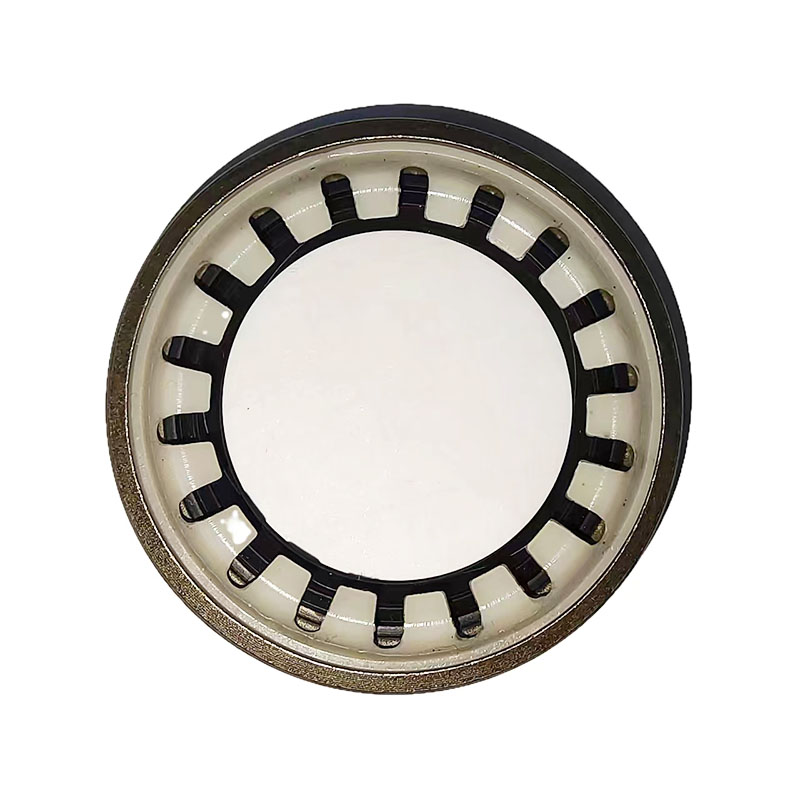pump shaft seal
Understanding Pump Shaft Seals Importance, Types, and Maintenance
Pump shaft seals play a crucial role in the performance and longevity of various pumping systems. They are designed to prevent the leakage of fluids from the pump, thereby ensuring efficiency and environmental safety. In this article, we will delve into what pump shaft seals are, the types available, their importance, and best practices for maintenance.
What Are Pump Shaft Seals?
Pump shaft seals are mechanical devices that form a barrier between the pump casing and the rotating shaft. Their primary function is to isolate the fluid being pumped from the external environment and to prevent leaks that can lead to contamination, safety hazards, or loss of product. Seal design varies based on the type of pump and application, but they all serve the fundamental purpose of sealing.
Importance of Pump Shaft Seals
1. Leak Prevention One of the most critical functions of a pump shaft seal is to prevent leaks. Even minor leaks can lead to significant losses over time, affecting operational efficiency and increasing costs. Moreover, fluid leaks can pose health and safety risks and lead to environmental contamination.
2. Maintenance of Pressure Pump shaft seals help maintain the required pressure within the pump system. Any leakage could result in decreased performance and efficiency, leading to potential system failures.
3. Protection of the Environment In many industries, the fluids being pumped can be hazardous to the environment. Effective seals help mitigate the risk of spills and ensure compliance with environmental regulations.
4. Increased Equipment Longevity Properly functioning seals can significantly extend the lifespan of the pump and its components. By reducing wear and tear, seals can help minimize maintenance costs and downtime.
Types of Pump Shaft Seals
There are several types of pump shaft seals, each suited to different applications
1. Mechanical Seals These are widely used in various industrial pumps. They consist of two primary components a rotating part attached to the shaft and a stationary part fixed to the pump casing. Mechanical seals are known for their durability and effectiveness in high-pressure and high-temperature situations.
pump shaft seal

2. Packing Seals Often made from braided materials, packing seals are commonly used in lower-speed applications. They are less expensive than mechanical seals but may require regular maintenance and replacement.
3. Lip Seals These seals are designed to prevent fluid leakage by using a flexible lip that makes contact with the rotating shaft. They are often used in applications with low to moderate pressure and are easier to install.
4. O-Ring Seals O-rings are circular sealing devices that fit into a groove between two surfaces. They provide an effective barrier against leakage and are used in a wide range of applications due to their simple design and low cost.
Maintenance Best Practices
To ensure the longevity and effectiveness of pump shaft seals, regular maintenance is essential. Here are some best practices
1. Regular Inspections Routine checks can help identify early signs of wear or damage. Inspect seals for leaks, cracks, or signs of deterioration.
2. Proper Installation Ensuring that seals are correctly installed is crucial for their effective functioning. Follow manufacturer specifications and guidelines during installation to avoid misalignment that can lead to failure.
3. Monitor Operating Conditions Keep an eye on the operating conditions such as temperature, pressure, and fluid properties. Extreme conditions can cause premature seal failure, so understanding the application is key to selecting the right seal.
4. Timely Replacement Instead of waiting for complete seal failure, replace seals at regular intervals based on the manufacturer’s recommendations and observed performance.
5. Use Quality Products Invest in high-quality seals and components to reduce the risk of failure and enhance system reliability.
In conclusion, pump shaft seals are vital components that ensure the efficient operation of pumping systems. Understanding their types, functions, and maintenance requirements is crucial for anyone involved in the design, operation, or maintenance of pumps. By ensuring the integrity of pump shaft seals, industries can enhance efficiency, reduce operational costs, and protect both personnel and the environment.
-
Understanding the Front Main Engine Seal: Purpose, Maintenance, and Installation
News Jul.29,2025
-
Understanding O-Rings and Seal Rings: Types, Applications, and Custom Solutions
News Jul.29,2025
-
Understanding Crankshaft Oil Seals: Rear Seals, Pulley Seals, and Their Role in Engine Integrity
News Jul.29,2025
-
The Importance of Front and Rear Crankshaft Seals in Engine Performance and Oil Management
News Jul.29,2025
-
Crank Oil Seals: Functions, Types, and Cost Considerations in Engine Maintenance
News Jul.29,2025
-
A Comprehensive Guide to O-Rings and Seals: Types, Materials, and Global Applications
News Jul.29,2025
-
Mastering Diesel and Performance Engine Maintenance: A Guide to Critical Oil Gaskets
News Jul.28,2025
Products categories















